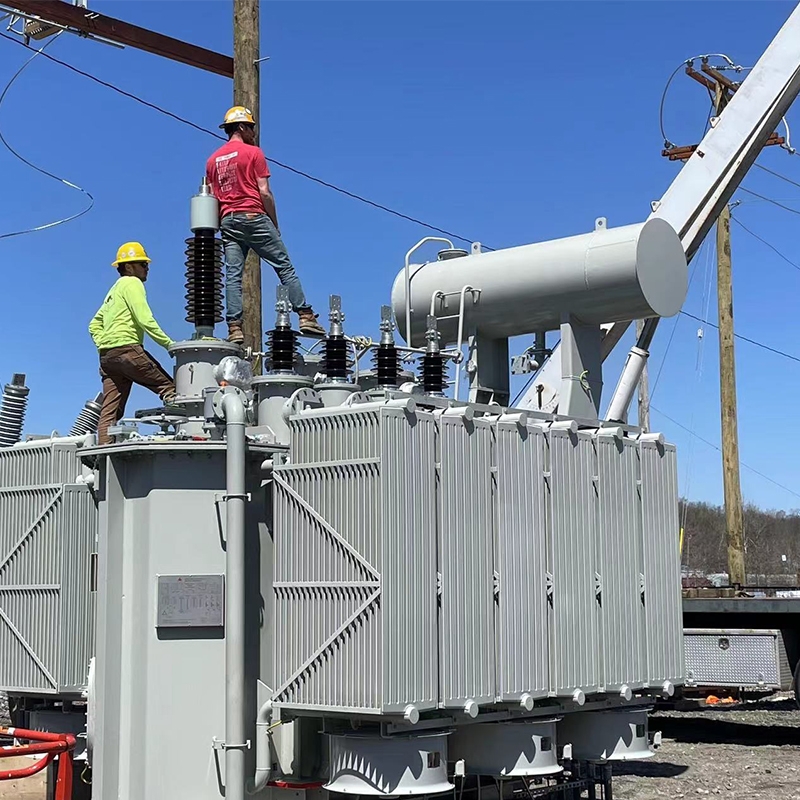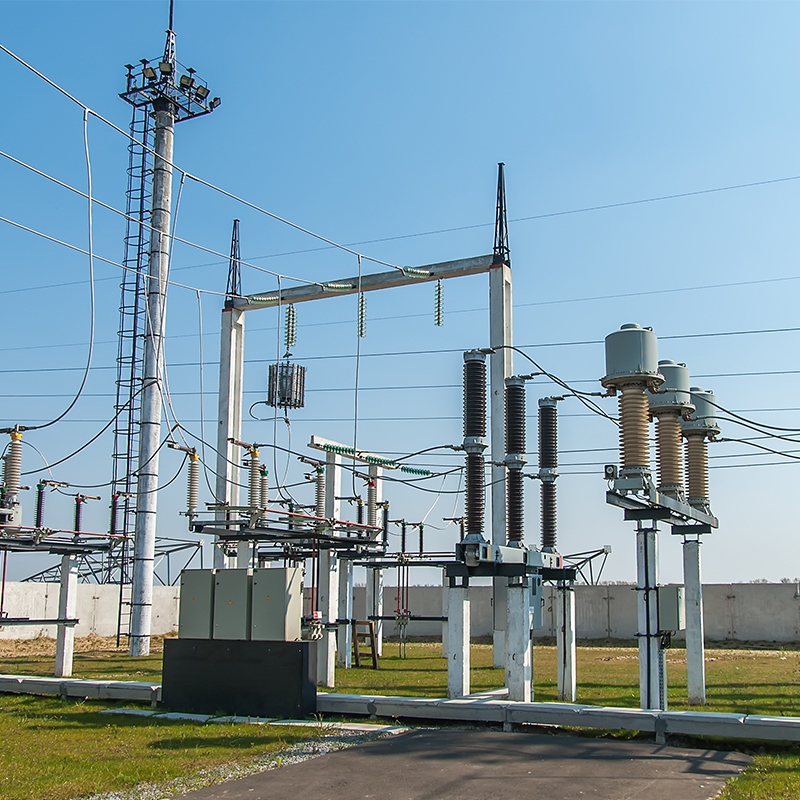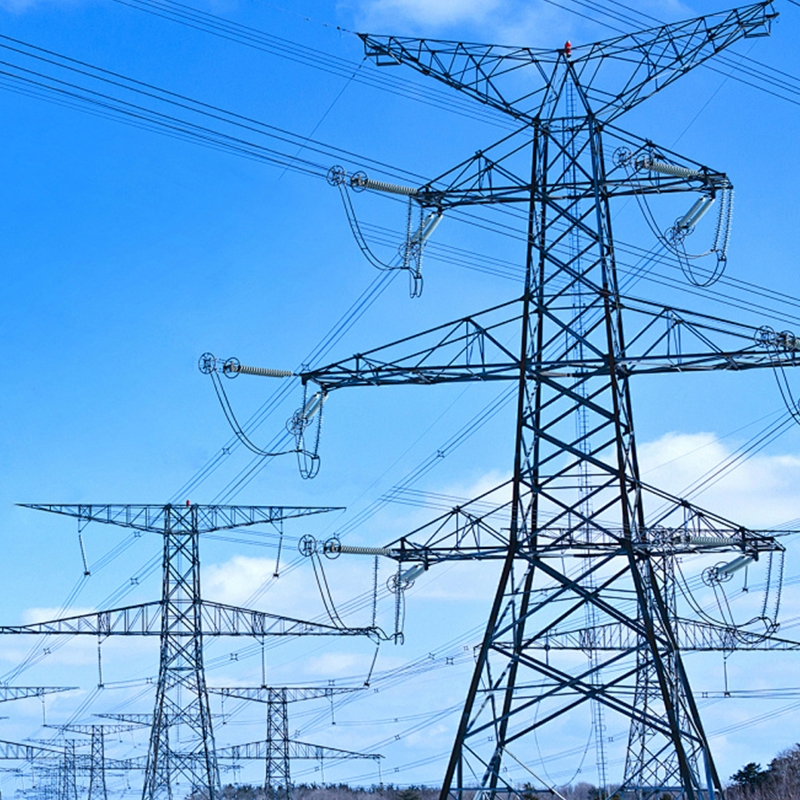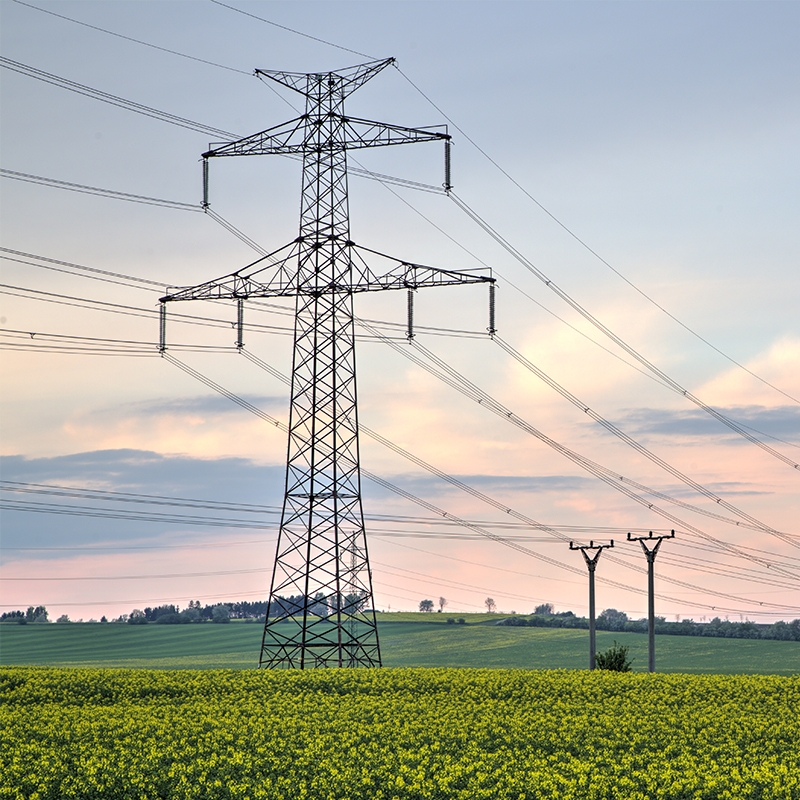How many kW of electricity can a 1000kVA transformer withstand?
From the theoretical basis, kVA (kilovolt-ampere) is the unit of apparent power, and kW (kilowatt) is the unit of active power, and they are linked through the power factor. Apparent power S, active power P and power factor cosφ exist such a relationship: P = S×cosφ. For a 1000kVA transformer, if the power factor is an ideal 1 (which is almost difficult to achieve in a real power system), then the active power it can carry is 1000kW. However, the actual electrical equipment is complex and diverse, and the power factor is usually less than 1. The power factor of general industrial electricity is required to reach 0.9 and above, and the power factor of civil electricity is about 0.8-0.9. In an industrial scenario, for example, if the power factor is 0.9, the active power that a 1000kVA transformer can carry is P = 1000kVA x 0.9 = 900kW. In the civil scenario, if the power factor is 0.85, the active power that the transformer can carry is P = 1000kVA x 0.85 = 850kW.
In actual operation, in addition to the power factor, the load rate of the transformer is also a key factor affecting its carrying capacity. When the transformer runs for a long time, the load rate should not be too high, and it is generally recommended to control it between 75% and 85%. Assuming a load rate of 80%, the actual apparent power output of a 1000kVA transformer is 1000kVA×80% = 800kVA. According to the power factor of the above different scenarios, in the industrial scenario (power factor 0.9), the corresponding active power is 800kVA x 0.9 = 720kW; In the civil scenario (power factor 0.85), the active power is 800kVA x 0.85 = 680kW. This shows that the actual active power carried by the transformer is further reduced after considering the load rate.
Different types of electrical equipment will also have an impact on the carrying capacity of the transformer. For example, equipment with impact loads, such as welding machines and large motors, will generate a large current at the start of the moment, far exceeding its normal operating current. If such a device is connected to a 1000kVA transformer, the transformer may be subjected to excessive current impact at the moment of startup, affecting the normal operation of the transformer or even damaging the device. Therefore, when configuring the transformer, for such impact load equipment, it is necessary to take additional consideration of the impact of its starting current on the transformer, and take corresponding technical measures if necessary, such as increasing the soft starting device and reducing the starting current. For some more stable electrical equipment, such as general lighting, office appliances, etc., the transformer load is relatively stable, and the power that can be carried is closer to the theoretical calculation value.
In addition, environmental factors cannot be ignored. Heat is generated when the transformer is running, and the ambient temperature, ventilation and heat dissipation conditions are related to the heat dissipation effect of the transformer. In high temperature environments, or poorly ventilated places, the transformer is difficult to dissipate heat, the temperature rises, its insulation performance will decline, and then affect the carrying capacity of the transformer. For example, in the summer high temperature period, some outdoor operation of 1000kVA transformers, due to the high ambient temperature, the actual carrying power may need to be appropriately reduced to ensure the safe and stable operation of the transformer.
1000kVA transformer carrying kW power consumption is not a fixed value, it is affected by the power factor, load rate, electrical equipment type and environmental factors. In the actual power planning and application, it is necessary to comprehensively consider these factors, through scientific and reasonable calculation and configuration, to ensure that the transformer can not only meet the current demand for electricity, but also ensure long-term stable and safe operation, provide reliable power support for all kinds of electrical equipment, and ensure the normal operation of production and life.




